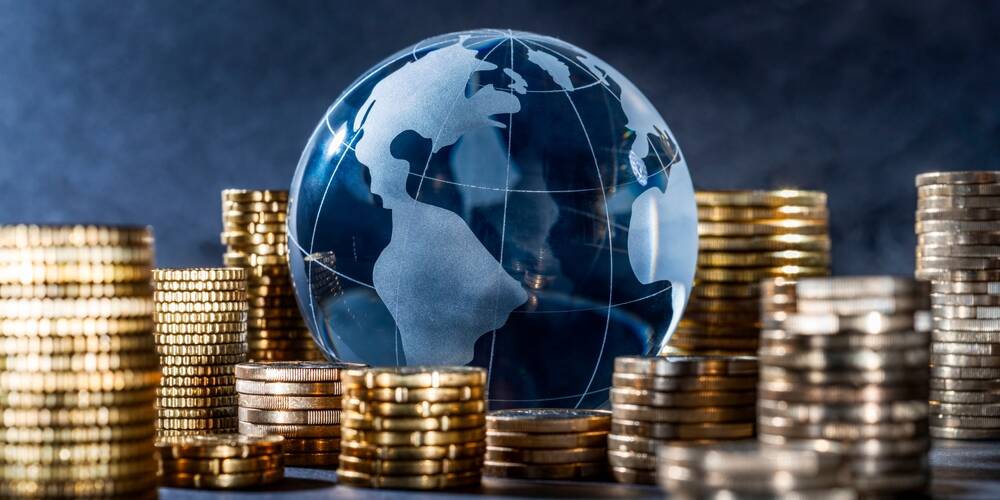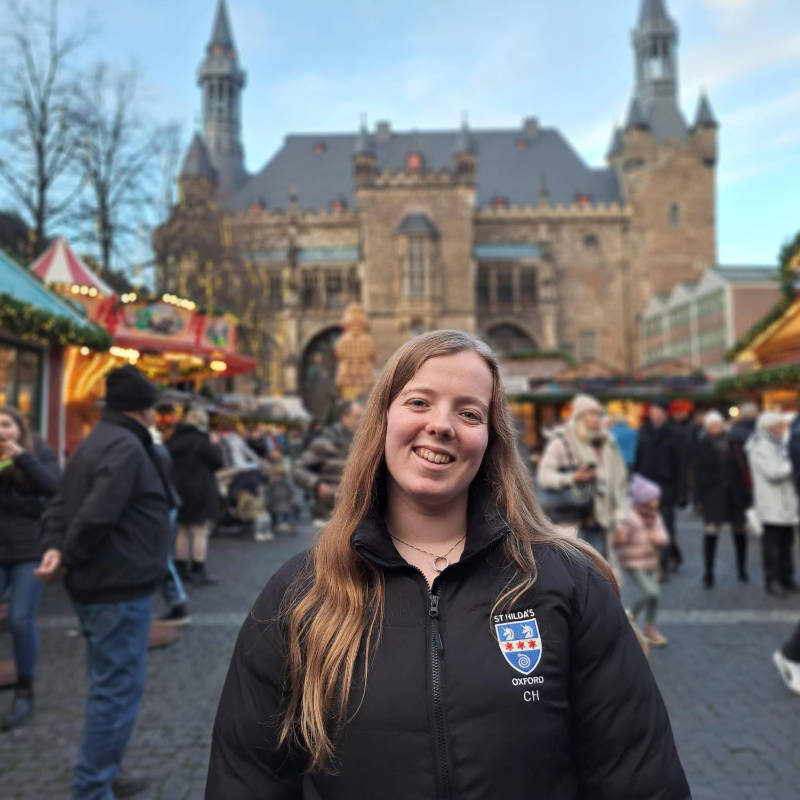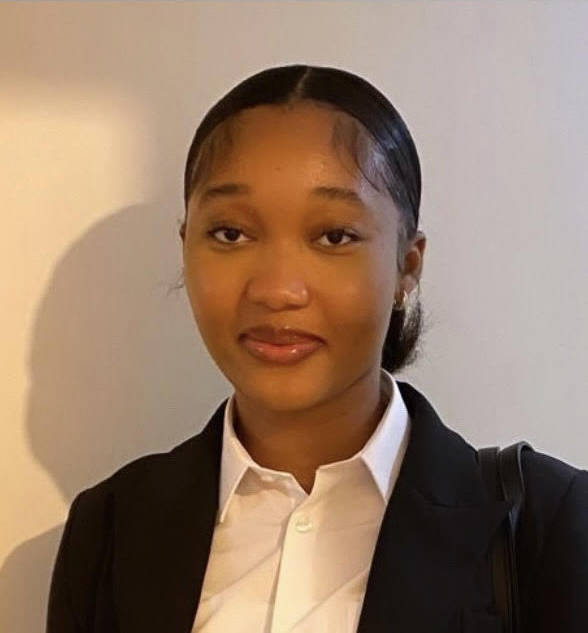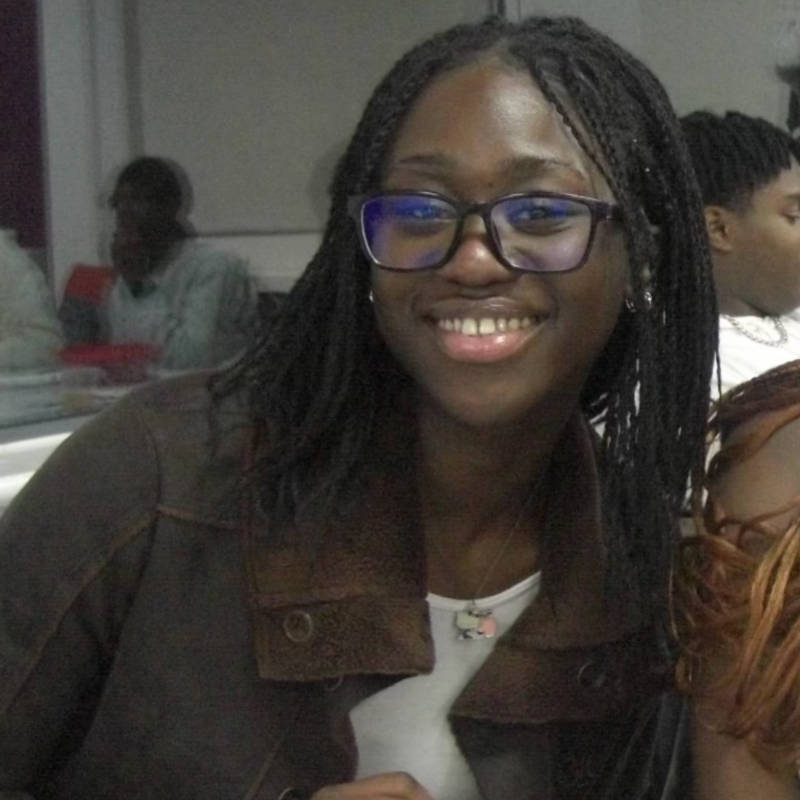Nearly a decade ago, Top Gear was fatally wounded. It limped on for seven more years, with declining ratings, before it was finally cancelled in 2023. Despite its problems, the show’s inglorious departure left a big hole in television, particularly for my generation. But it’s not too late to bring it back, provided the BBC doesn’t repeat old mistakes.
Failing Revivals
The show relaunched after Clarkson, Hammond, and May (CHM) quit, and by all accounts, it was a bit of a disaster. The IMDb ratings saw a colossal drop from 9.4 for S22 E8, to 2.2 for S23 E1 with the new duo of Chris Evans and Matt LeBlanc, and rotating appearances for Chris Harris, Rory Reid, Eddie Jordan, and Sabine Schmitz — the ‘queen of the Nurburgring,’ who also featured on occasion in the old programmes. Rewatching those two episodes, the gulf in quality is clear. The obvious chemistry, mockery and bond between Clarkson, Hammond and May was artificially imposed on Evans and LeBlanc in a way that grated with the whole ethos of the show. Unsurprisingly, Evans left at the end of that first series, and LeBlanc followed a few series later.
Then launched another revival. A new trio spearheaded by Paddy McGuinness, with automotive journalist Chris Harris and former cricketer Andrew Flintoff, brought back some of the old chemistry that had been so vital to Top Gear’s success. While the ratings were still nowhere near the heights of the iconic era, they showed some steady progress, especially considering the effect of COVID-19 on filming. Once Flintoff had a near-fatal accident, however, the show was canned — potentially never to be filmed again.
The real tragedy of all this is that it has left a palpable void in the light entertainment space. Top Gear at its best was not really a car show; it was more a show about three middle-aged men having a laugh in ways that just so happened to involve cars. The amount of actually useful consumer advice was negligible. Reviews would often focus on extravagant supercars and hypercars rather than the average hatchback, and, on the rare occasion that a hatchback was featured, the test would often be conducted in a way that told you little about the utility of the car itself. In essence, the show was an escape from the pressures of life for an hour or two a week, and, thanks to BBC iPlayer, it still is.
A New Generation of Top Gear Fans
For my generation in particular, the loss of Top Gear is widely discussed. Though I was a bit young to catch most of the CHM-era episodes as they were broadcast live, the abundance of repeats on Dave gave me a chance to experience Top Gear as if it were new. I was almost instantly captivated, though perhaps a little too young to understand some of the jokes. It became a routine that, every Wednesday after school, I would go round my grandparents’ house and watch Top Gear until dinner was ready.
And it’s not just me, either. Almost every one of my friends has the same affection for the show that I do. Love for the original Top Gear and its quirky trio is so embedded in us that we will quote it relentlessly any time we can. Whenever we see a Dacia Sandero, it’s as if there is a legal obligation for one of us to shout ‘Good news!’ Despite the fact that we are notoriously bad at organising things as a group, we managed to get together to watch the last episode of The Grand Tour — the Amazon-produced sequel. There may even have been some barely concealed tears when the final credits rolled. It is a part of us, and I don’t think it’s an exaggeration to say that our childhoods would have been noticeably worse without it.
The Old Formula
So, how do we bring it back and give the children of today, as well as us Gen-Z nostalgics, a similar experience? The key is to return to the original formula. Clarkson, Hammond, and May were not household names before Top Gear. Hammond was a local radio presenter and had dabbled in some TV work, while May and Clarkson both worked as automotive journalists with appearances on the old Top Gear, which was nowhere near as successful. The revamped versions scrapped this formula, going for big stars — understandably, given how famous the show had become. But they could never speak with the same authority about a car as the original three — something that let the show down. If the BBC were to return to using automotive journalists as presenters, it could give Top Gear a new lease of life. Chris Harris is an obvious pick, having made his mark in previous series as the ‘straight man’ playing off the comparative exuberance of McGuinness and Flintoff. It could even be worth letting him pick his team.
This is also the perfect time for a reboot, given that the main competition is gone. Previous revamps were always competing with The Grand Tour for views. Given the immense pull of Clarkson, Hammond, and May, they were always going to lose. But now that The Grand Tour is over, with each presenter doing solo projects, there is a clear gap in the market for a well-produced, entertaining car show.
With a brand name as big as Top Gear, a relaunch should provide sufficient viewership. And if the choice of presenters is right, the show’s success is almost guaranteed. Children will always be mad about cars the way we were, and that thirst for horsepower deserves to be sated. The BBC should recognise this and have the courage to bring back Top Gear.
DISCLAIMER: The articles on our website are not endorsed by, or the opinions of Shout Out UK (SOUK), but exclusively the views of the author.








